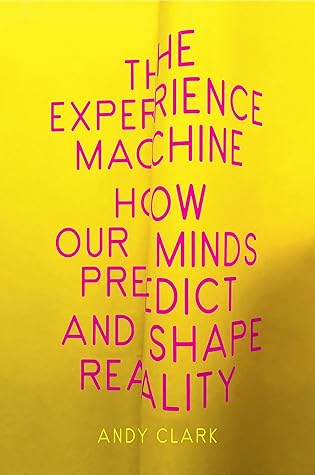More on this book
Kindle Notes & Highlights
That new information (signifying the lack of birdsong) generated “prediction error signals” and these—on this occasion at least—were all it took to bring my experience back into line with reality. The hallucination gave way to a clear experience of a silent room. But in other cases, as we’ll see, mistaken predictions
can become entrenched and contact with reality (itself a complex and vexed notion) harder to achieve.
In other words, the brain is constantly painting a picture, and the role of the sensory information is mostly to nudge the brushstrokes when they fail to match up with the incoming evidence.
Handled carefully, a better appreciation of the power of prediction could improve the way we think about our own medical symptoms and suggest new ways of understanding mental health, mental illness, and neurodiversity.
David Marr’s hugely influential computer model of vision.


